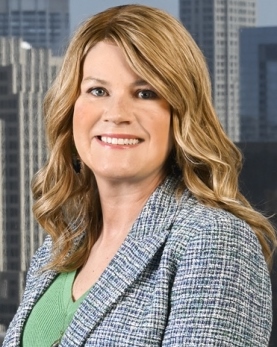
The D&O Diary’s European Sojourn finished up last week with a return visit to London. I returned to London in order to attend an event postponed from the week before. Although the postponement required me to extend my travels for a few more days, it did also mean that I got a bonus day in London, as reflected in the pictures below.
Continue Reading Back in London


















